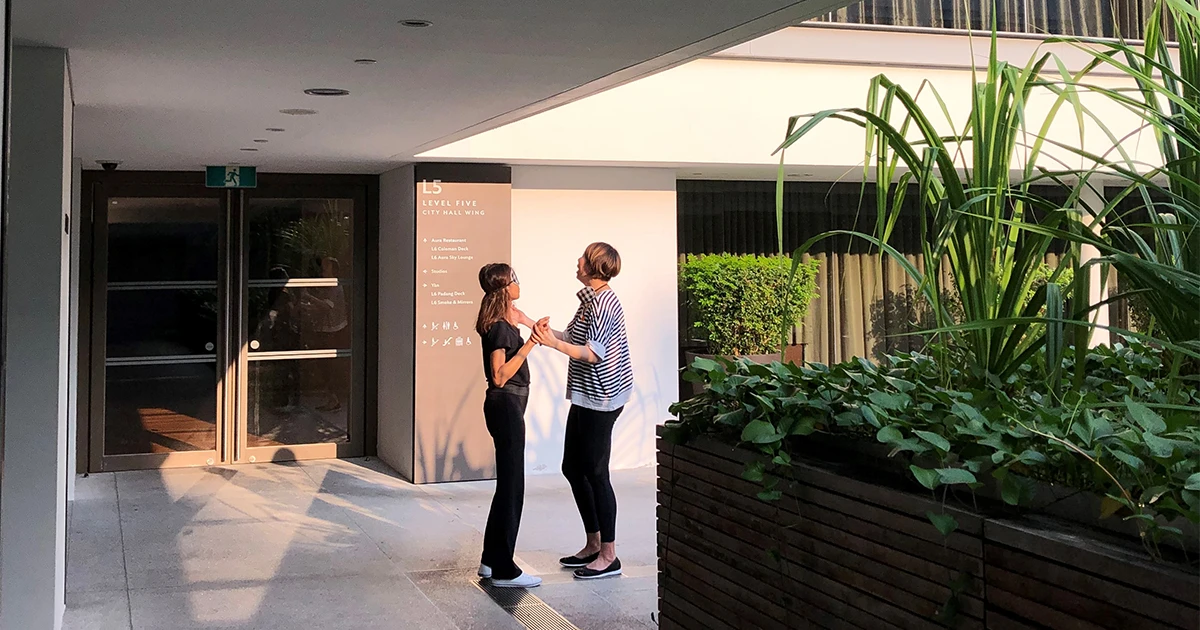How to Pack a Framed Painting
Paintings are frequently taken from one place to another – from an artists’ studio to a gallery, from a storage facility to a museum, or even from an art fair to your home. Learn how to pack paintings to ensure their safety in transport.
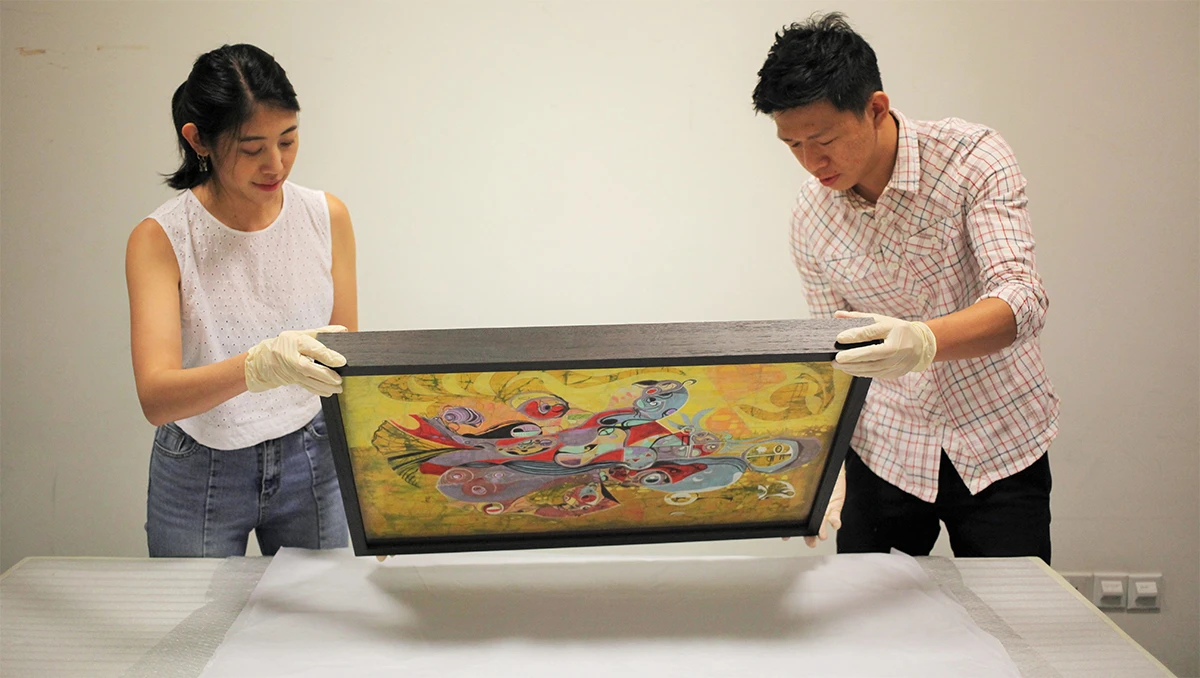
Paintings are frequently taken from one place to another – from an artists’ studio to a gallery, from a storage facility to a museum, or even from an art fair to your home. Moving a painting about increases the risk of damage to such a valuable object, hence the need to keep it safe in transport. The Artwork & Exhibition Management team handles hundreds of paintings in transit for international and local exhibitions each year. Jolyn Chin (Senior Executive, Collections Management) and Thong Ming Woei (Senior Executive, Registration) share some tips on packing framed paintings with acrylic, glass, or no glazing.

Before you begin, prepare your work space and materials you will need. Ensure that the packing area is a flat surface, free of sharp or loose objects. Remove any items on your body such as jewellery, watches or rings as they may damage the painting.
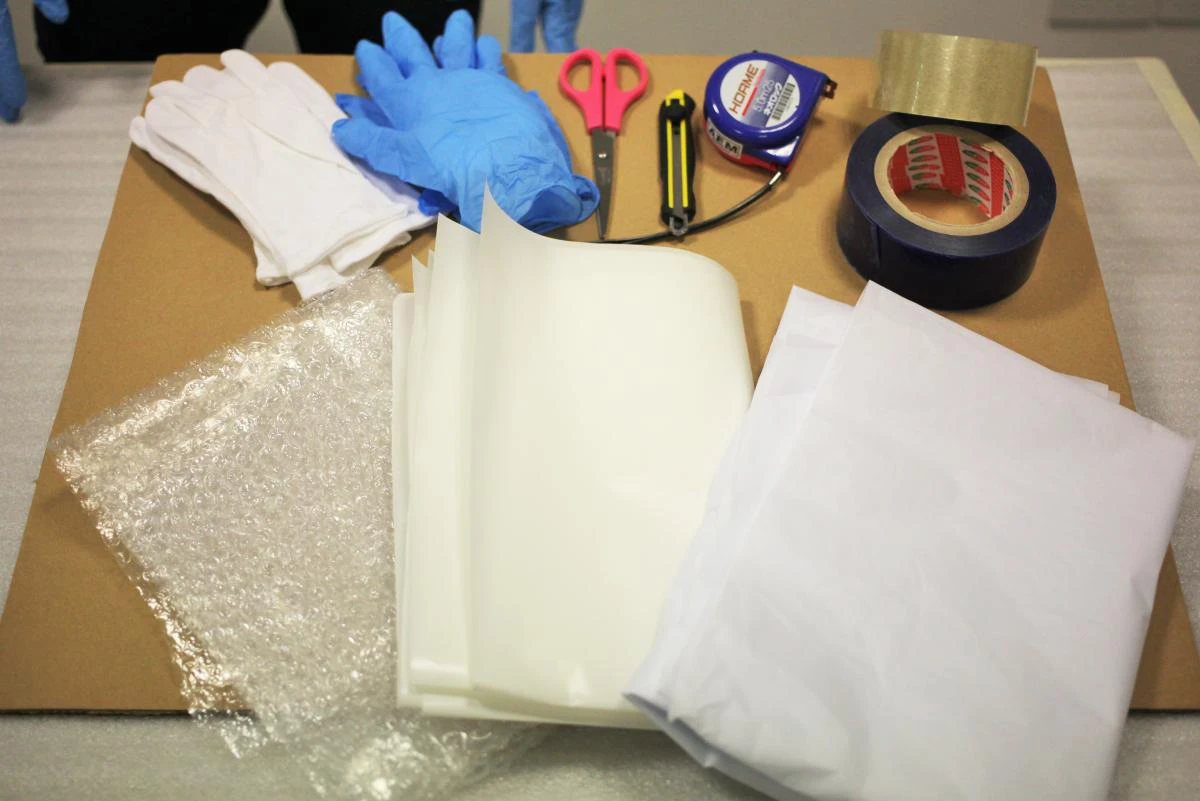
Most of the packing materials we use can be found in art or postage supply shops. Laid out here on the top row (from left to right) we have cotton gloves, nitrile gloves, scissors, a penknife, measuring tape, clear tape, glass tape. On the bottom row, we have bubble wrap, silicone release paper and acid-free tissue paper.

Before packing, examine the physical condition of the framed painting and ensure its structural support is secure and stable. Do ask for help handling the painting if it is too large or heavy. Here, Ming Woei inspects Fortune Teller by Jaafar Latiff before packing commences.
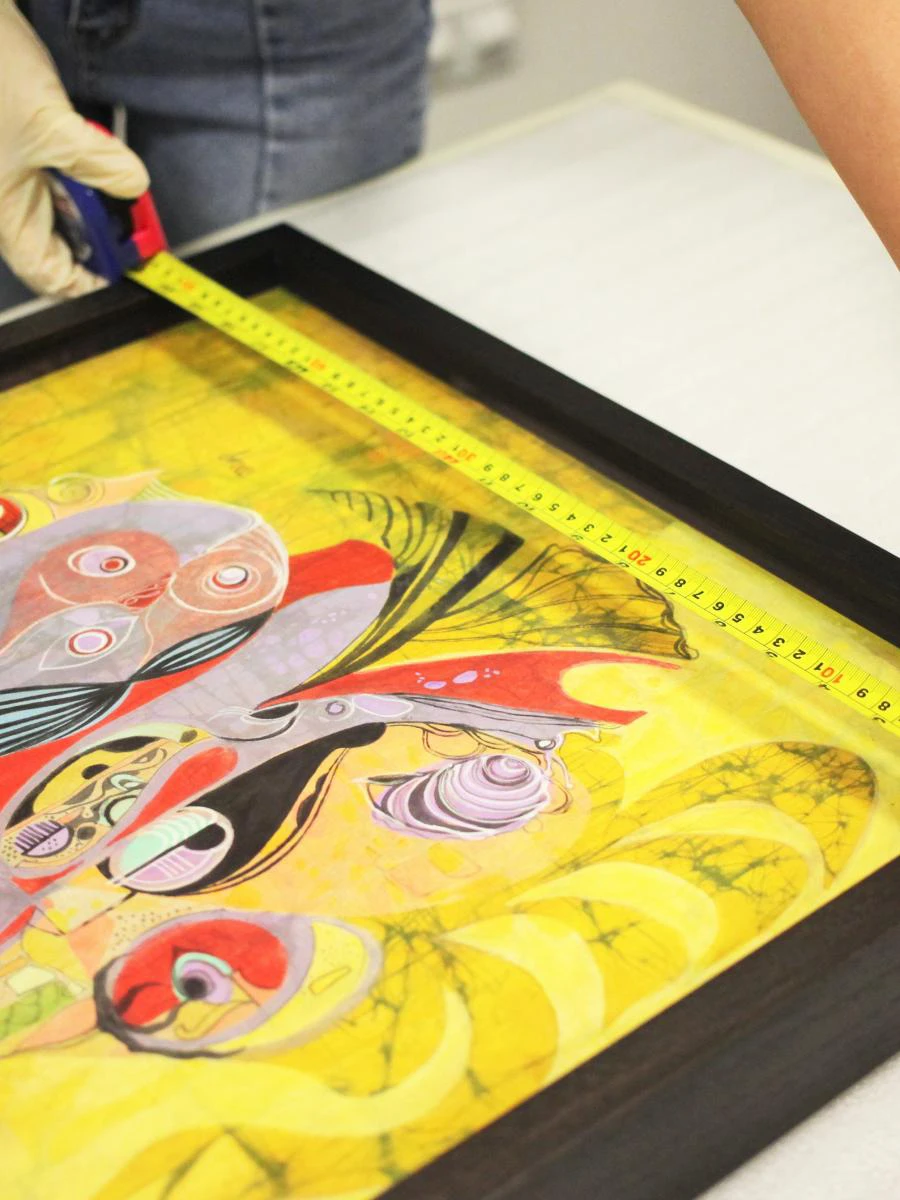
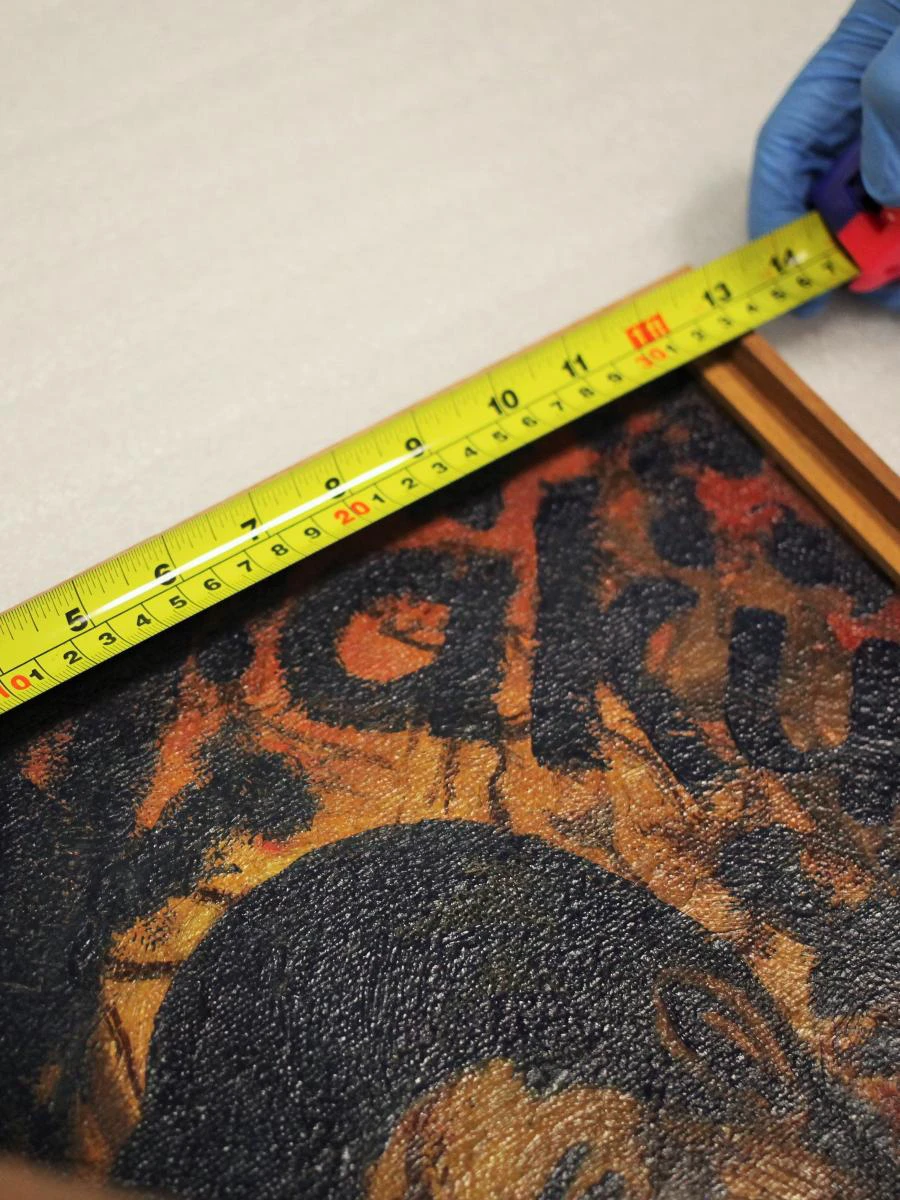
Measure the painting with its frame and prepare the packing materials to length. On the right is a detail of Aku/i>by Latiff Mohidin.
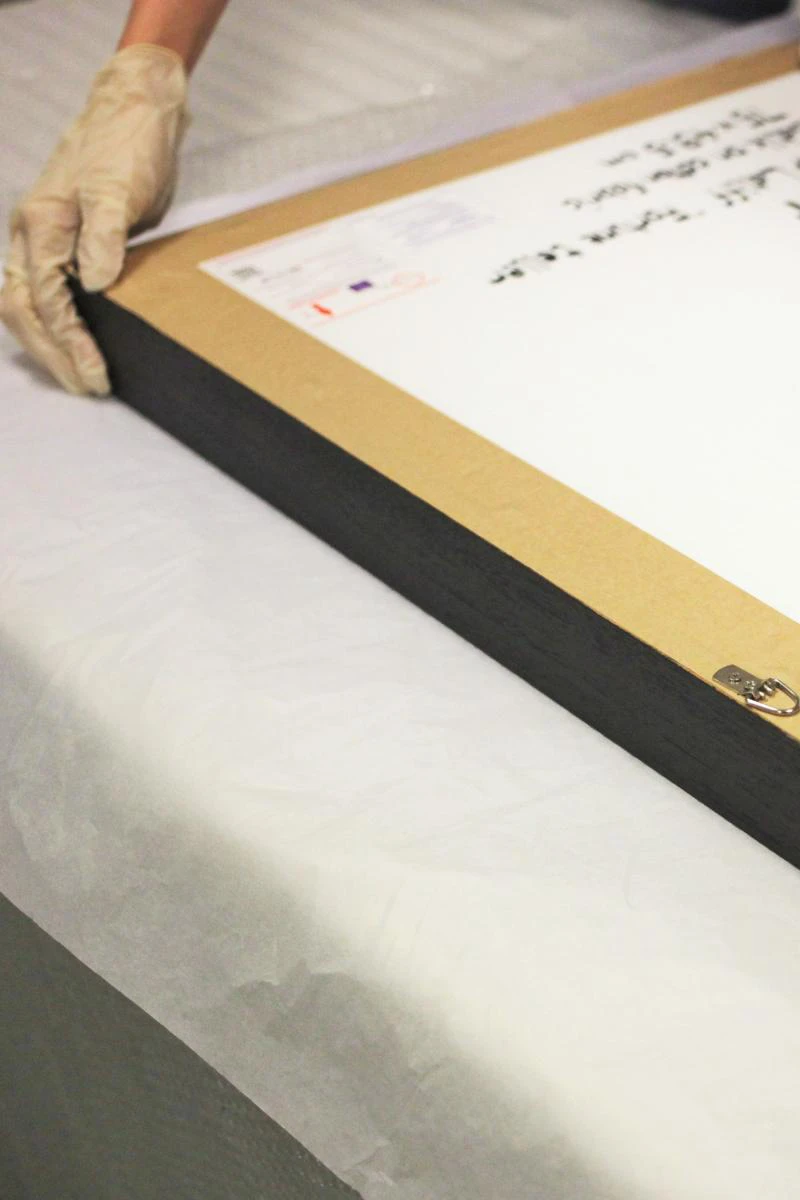
For a framed painting with acrylic or styrene glazing, use acid-free tissue paper to wrap the front of the frame. Acid-free tissue paper is PH neutral tissue paper that is versatile and lightweight, commonly used for packing or storage. Wrapping the front creates an additional layer of protection from scratches to the frame and may also function as dust cover.
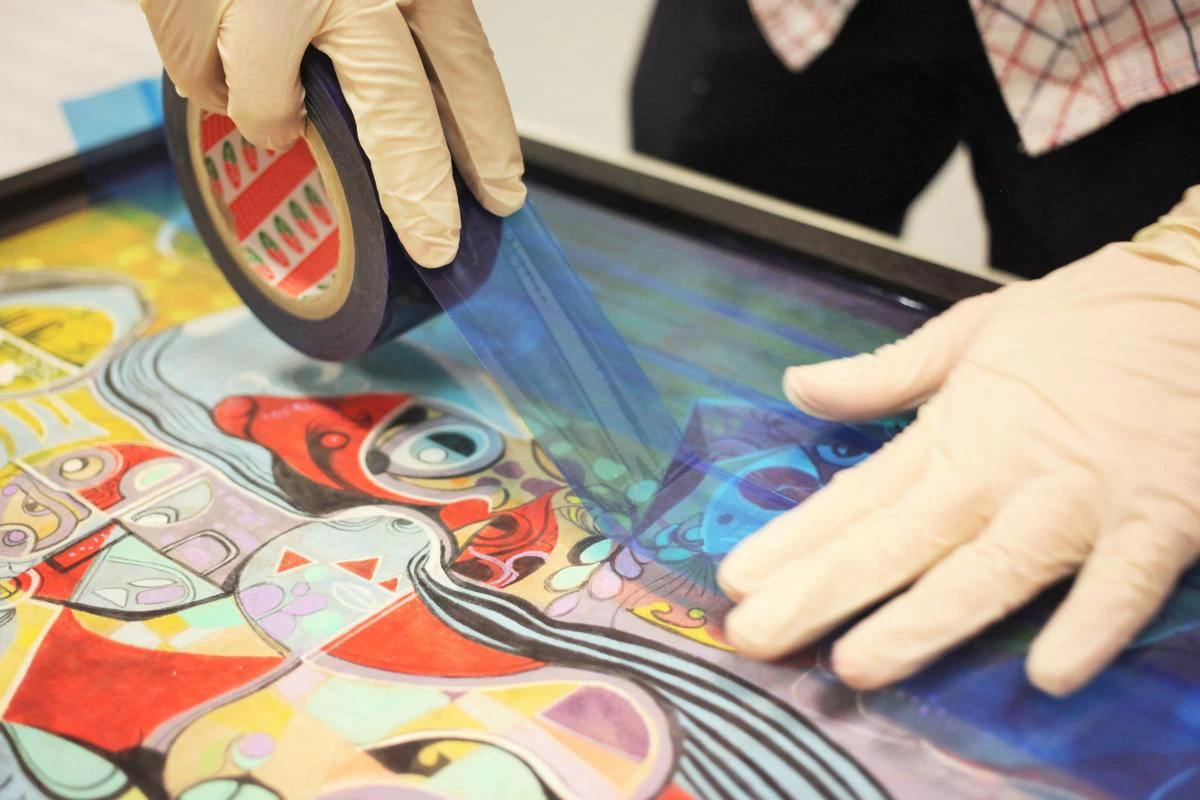
For a framed painting with glass glazing, adhere glass tape to the glass. If the glass breaks, the glass tape will hold the glass shards together, preventing further damage to the surface of the painting. Then, as with acrylic or styrene-glazed paintings, use acid-free tissue to wrap the front of the painting.
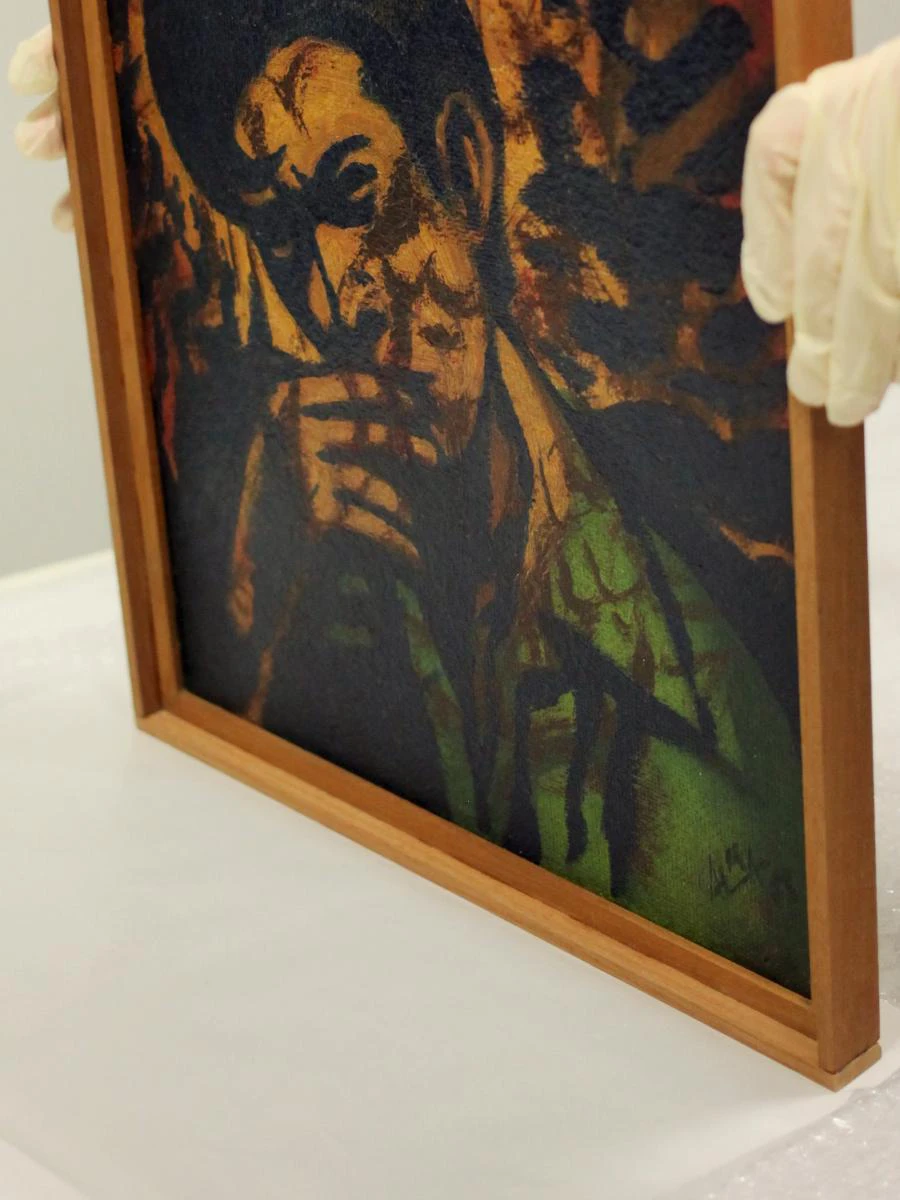
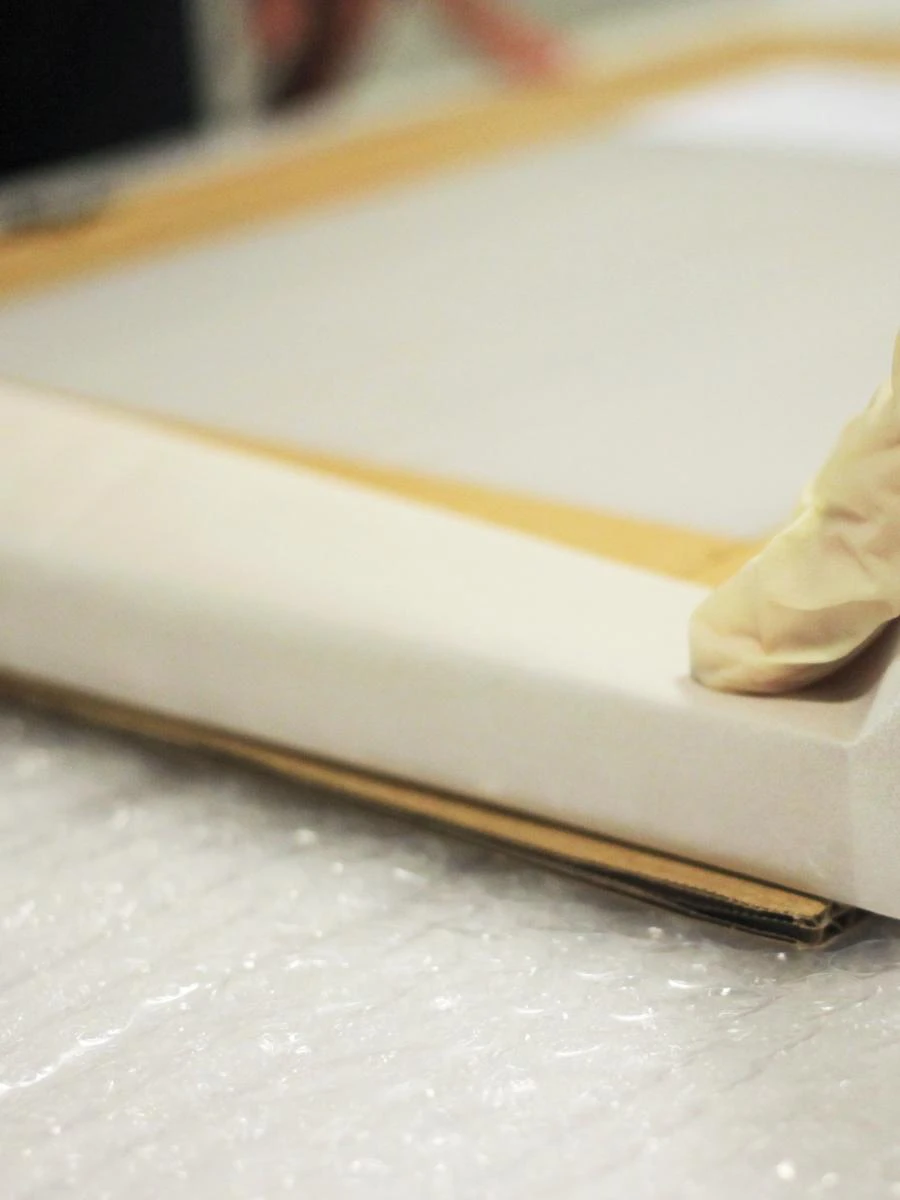
For a framed painting without any glazing, an additional layer is required to protect the exposed paint. Use glassine or silicone release paper instead of acid-free tissue paper to wrap the front of the painting, as it provides a slick, hard surface that the paint will not stick to. You can also add a sheet of cardboard to the front of the work to act as temporary glazing – a physical barrier to protect the painting from damage.
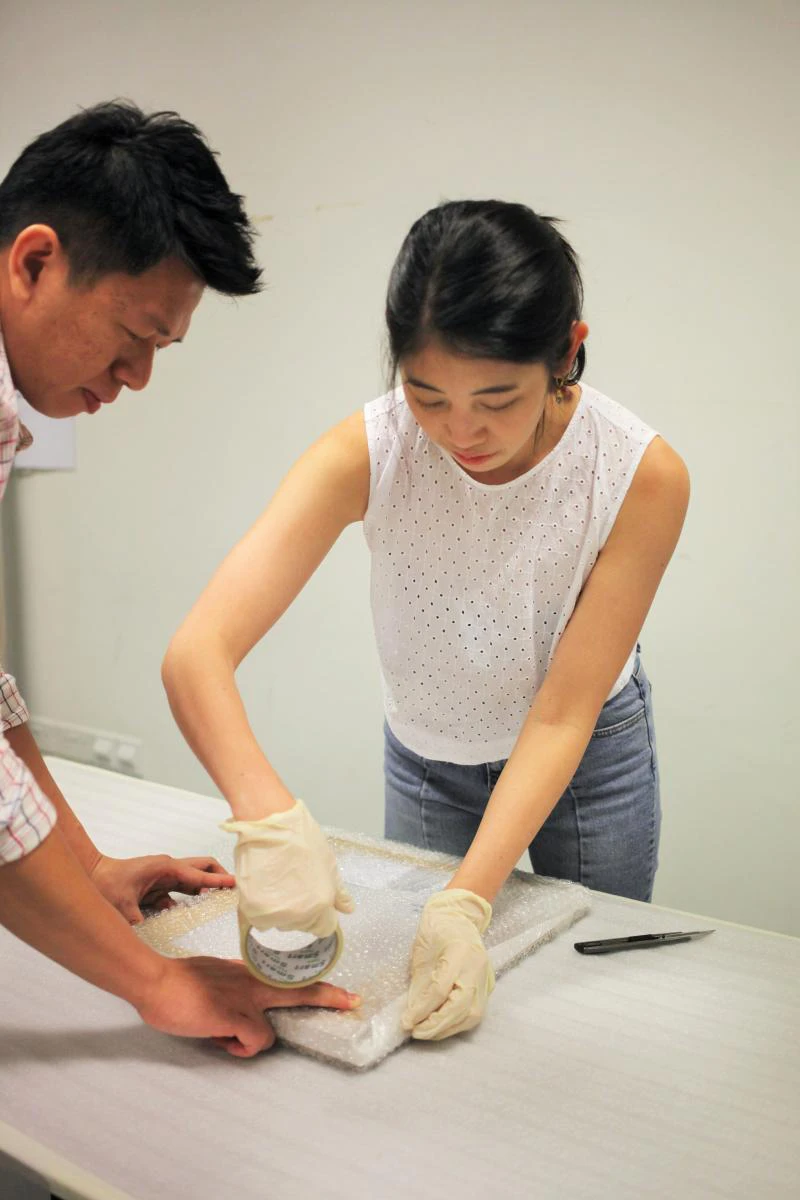
Use bubble wrap to wrap the frame and secure it with PVC or clear tape. Bubble wrap is a pliable transparent plastic material consisting of air pockets to cushion shocks and vibrations. Bubble wrap can also function as a dust cover.
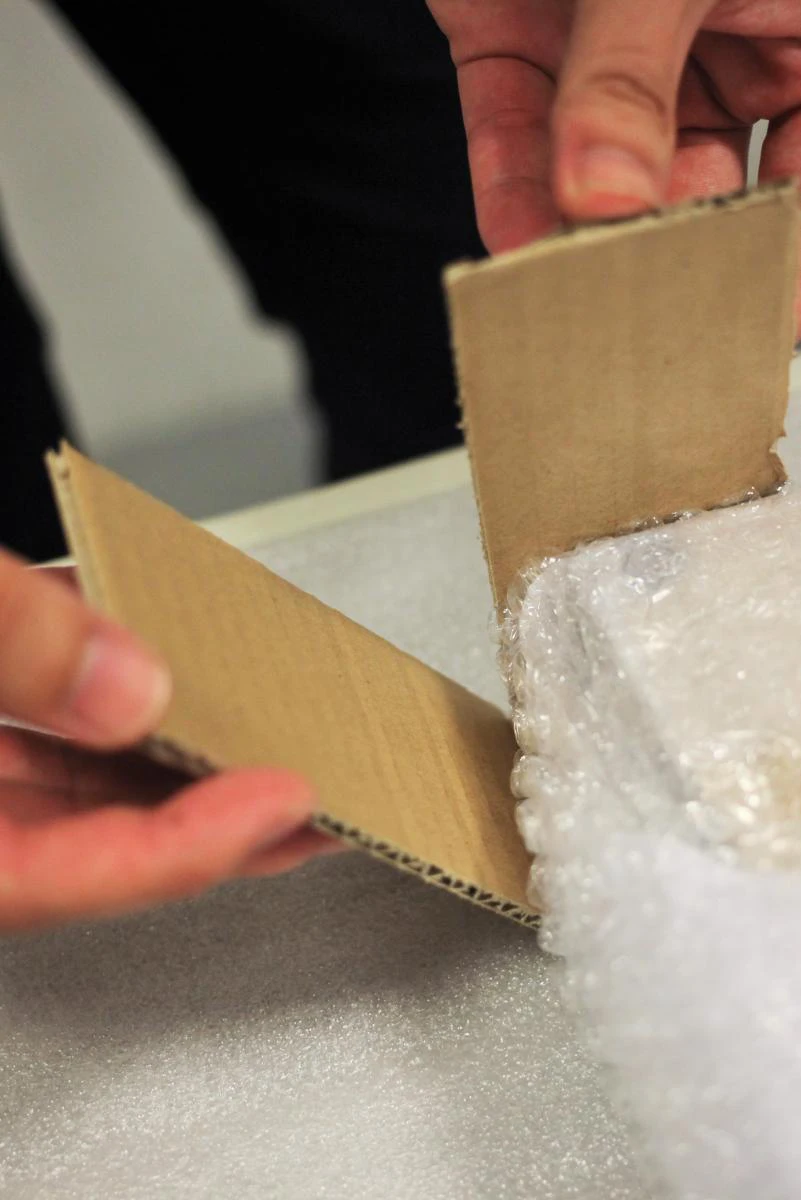
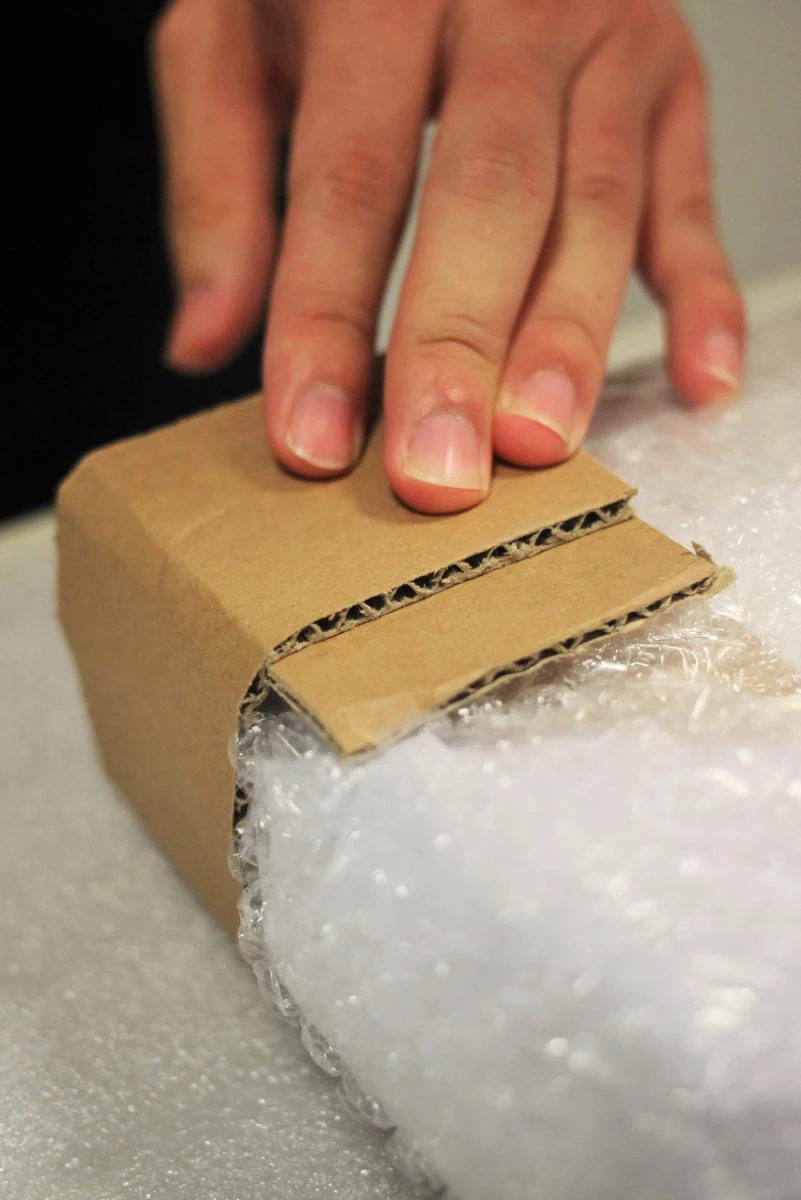
You can also add cardboard corner protectors or guards to each corner of the frame, as they are especially prone to denting and chipping.
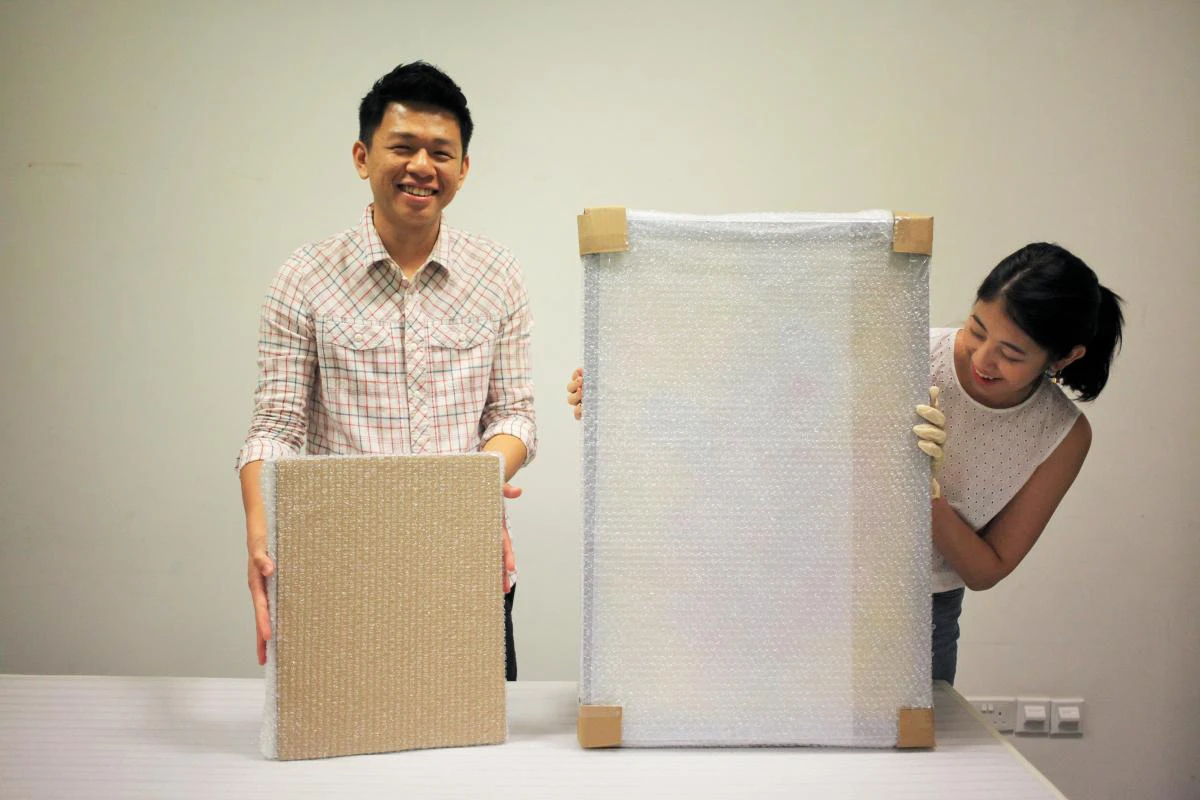
The Artwork & Exhibition Management division consists of departments such as Collections Care, Collections Management and Registration, that look after many different aspects of artwork management. Look out for more articles on handling, caring, storing, packing and hanging artworks by the Gallery's Artwork & Exhibition Management departments on Perspectives Magazine.










